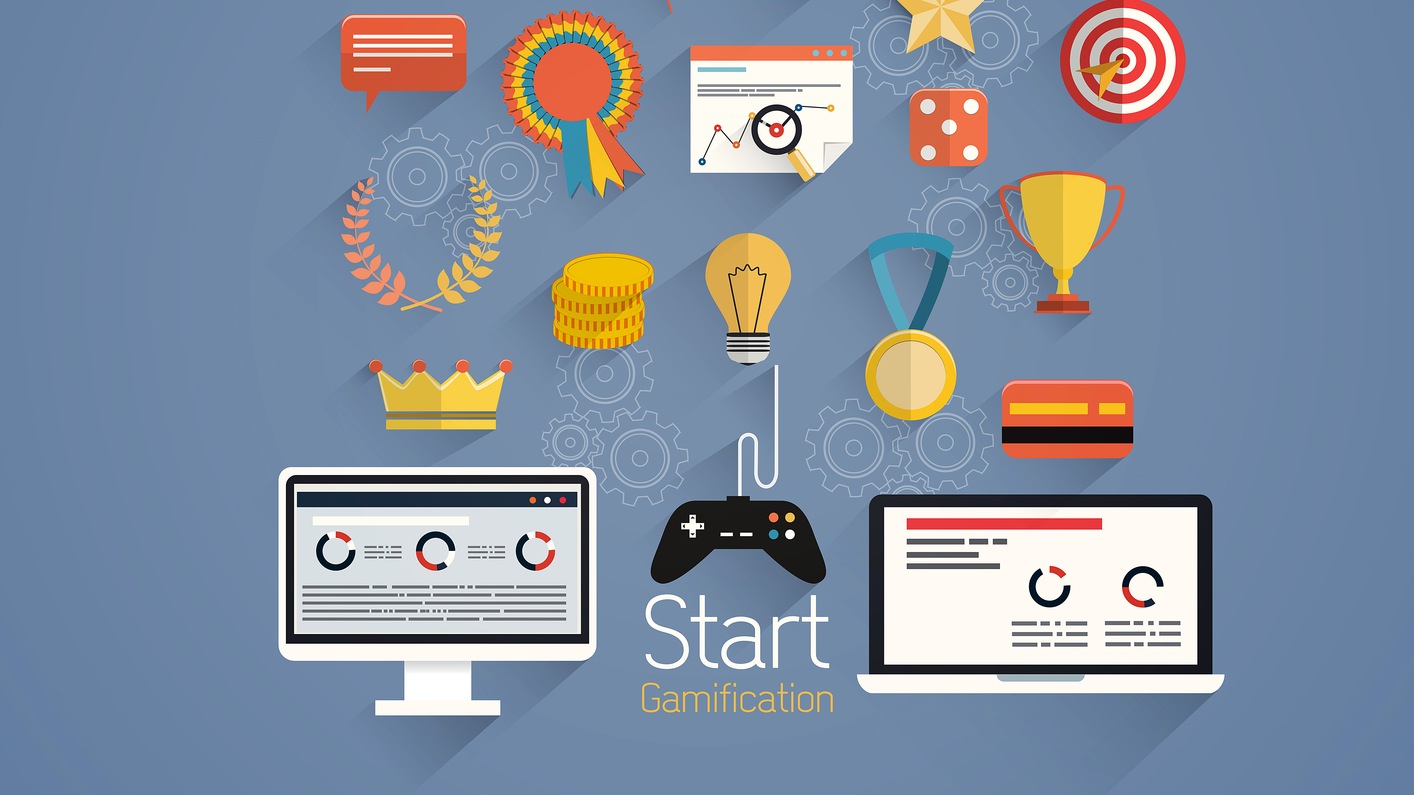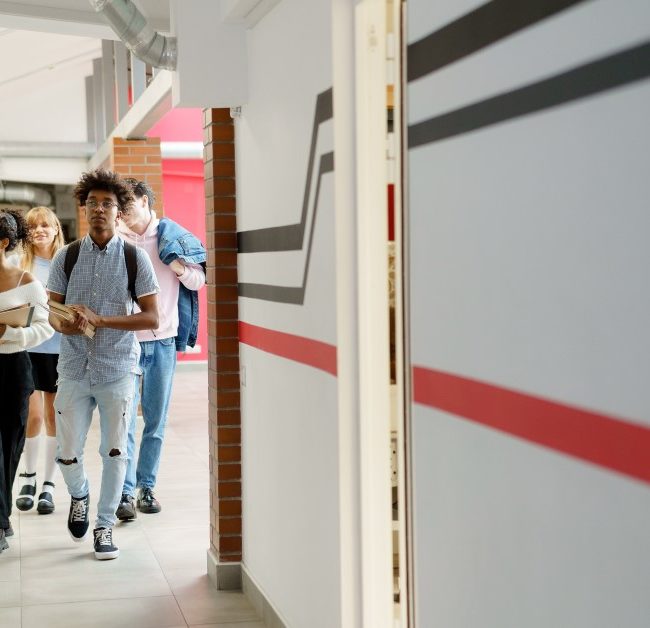
Gaming and education; a match made in heaven?
It might sound as a strange combination at first, gaming and education. But why not take advantage of something that many students love; gaming, and combine it with something they love a little less; studying. The phenomenon of combining gaming and something else, such as education, is better known as gamification, but what is it exactly, how does it work and how can it be beneficial for educational institutions and students?
What is gamification?

Gamification is using game design and mechanics in non-game contexts, to enhance the experience. When you think about it, gamification is practically everywhere. From the progress of the completion bar at your Linkedin account, to the smiley you see next to the road that becomes happy and green when you stick to the speed limit. You might not always realize that game aspects are used and that you are subconsciously (positively) influenced by it.
Gamification can be used for several reasons, the most important ones being: trying to change behavior/lifestyle, customer engagement, problem solving, and education. Some successful examples of gamification are the NikeFuel campaign, ChoreWars, or the My Starbucks Rewards. All these companies saw that their customers respond well to the game aspects, and benefited from it.
Gamification in education
It is one thing to make your customer come back to your store to get their stamp card full, but it is something different to improve education with game aspects. When thinking about using gamification, you should always keep the ultimate goal in mind; the students learning something. You can develop a very cool game, but if it is just a game the students won’t learn anything. But when applied well, it can have a very positive effect on the students.
How can you apply gamification in education?
Gamification is not just making/using an educational game and learn students something while they are playing. The key is to take the small elements of gaming that will encourage, motivate, and engage the students and give them a direct goal to achieve.
Below you can find some ideas on how to gamify education
1. Badges and achievements
Badges are a great way to gamify education. They can be given to the students when they achieve a certain goal, this could be a small achievement like handing in an assignment, to a bigger achievement such as passing a whole year. The badges can be seen as a good motivator to achieve a goal, and what educational institution doesn’t like motivated students? An important aspect of badges is that they can be shared. By allowing this function, students can show their friends, family etc. what they’ve achieved, and also compete with friends by comparing which badges they already have.
2. Goals & progress
Instead of just showing students how many credits they have by writing it down, you can also show their progress with a percentage bar for example, and give them the goal to reach 100%. Only seeing that you have 30 credits is less motivating than seeing that you have completed 50% of the year. Or seeing that you have attended 80% of the classes last block is more interesting than reading that you have attended 8 classes. The clear goal, reaching 100% or a full bar/circle, works motivational to complete it. Just as with the badges, when a goal is reached it should be shareable.
3. Bonuses
Bonuses, such as earning an extra point on your grade or getting extra feedback when you hand in homework in time, can also work motivational for students. Being able to get a bonus will motivate the students to make that extra effort.
How is gamification beneficial?
Studies show that gamification can have a positive effect on study outcomes, because it can increase students’ motivation, participation and class engagement. This is beneficial for both the student and the educational institution. Since gamification gives students more immediate goals, it is easier for them to achieve these goals and succeed. The competition aspect can also work motivational, but too much competition can cause a lack of motivation. Do keep in mind that the set goals shouldn’t be too difficult, otherwise it could cause students to feel like they are losing and than you will loose the benefits.








